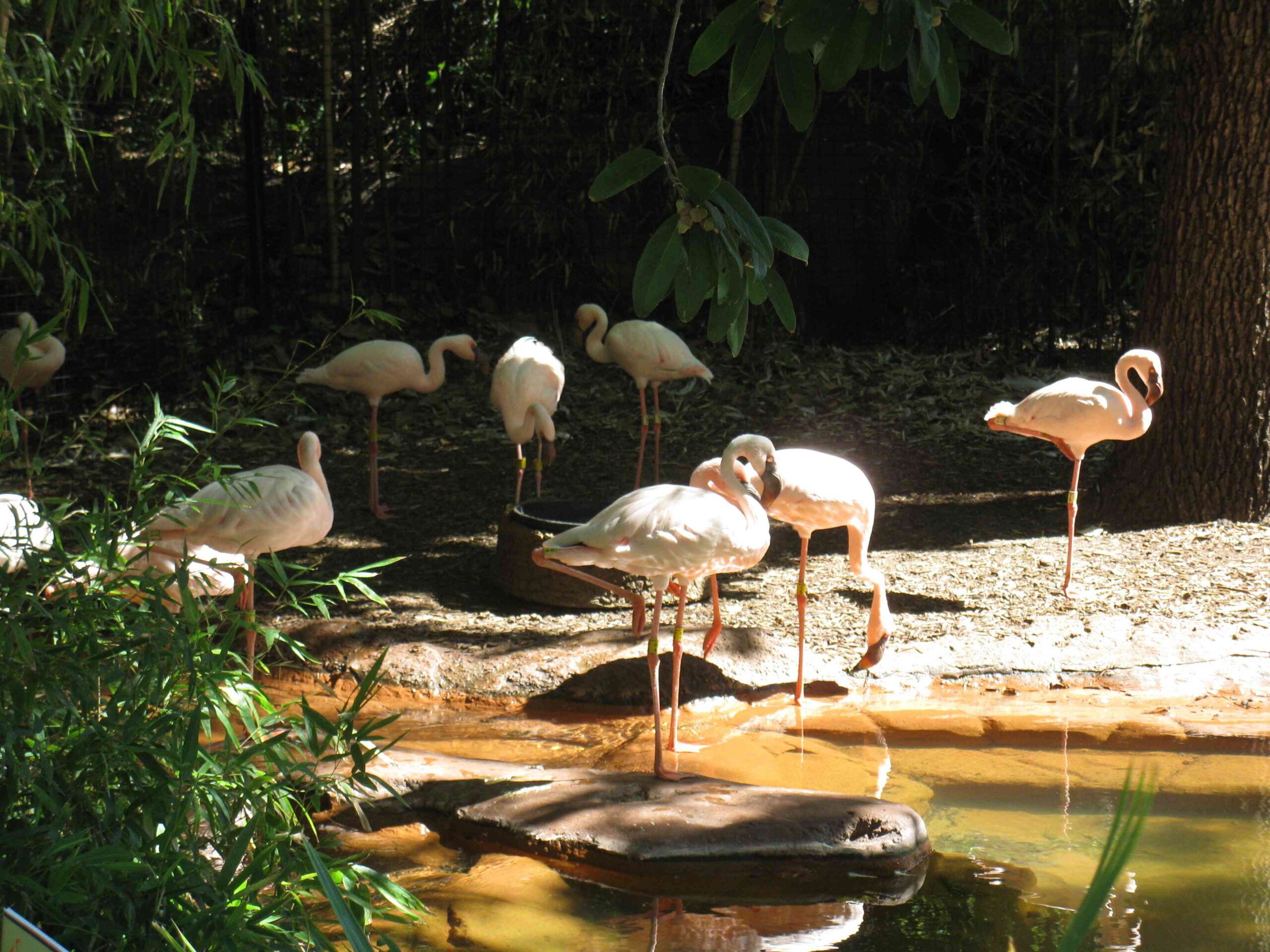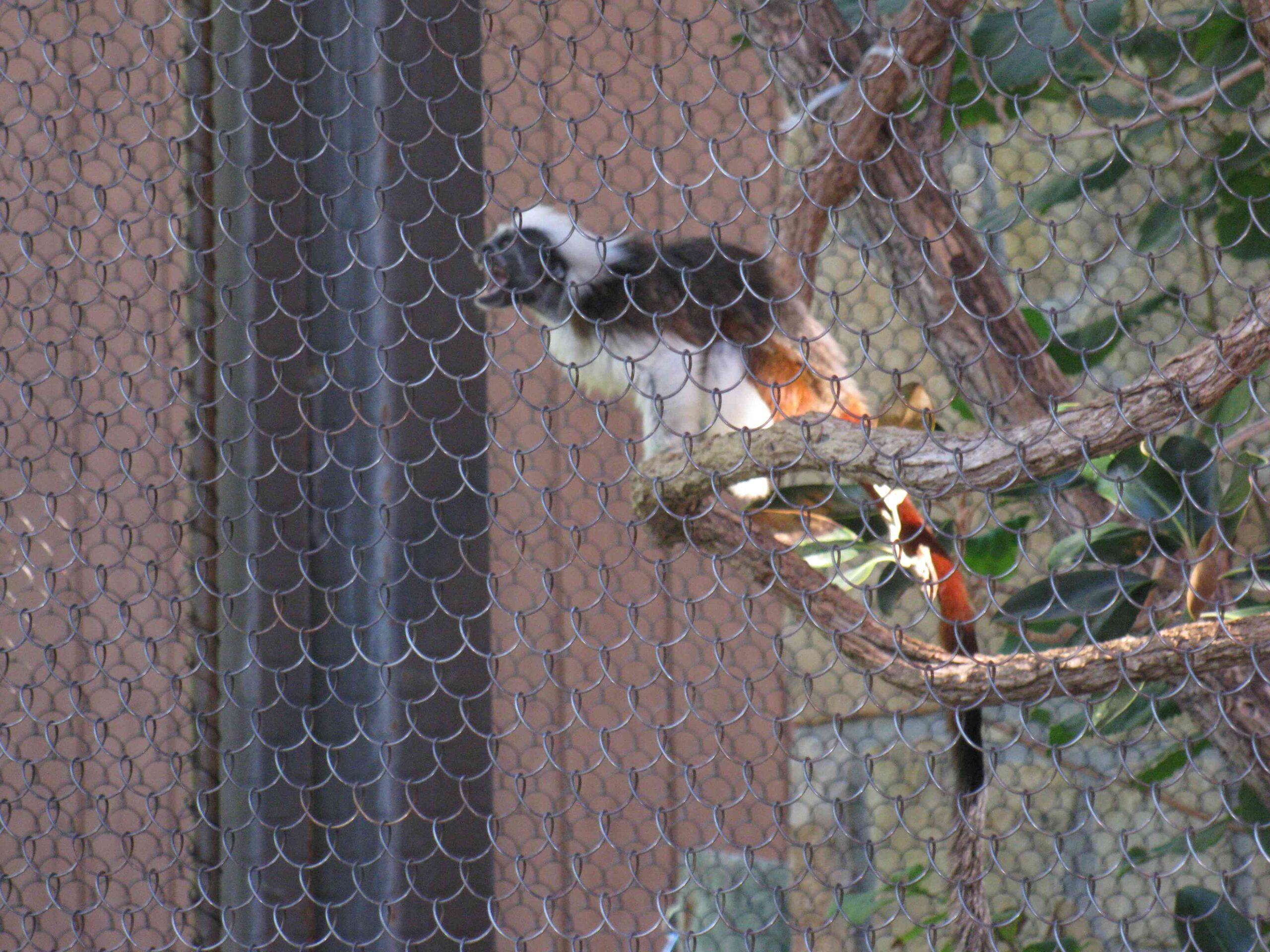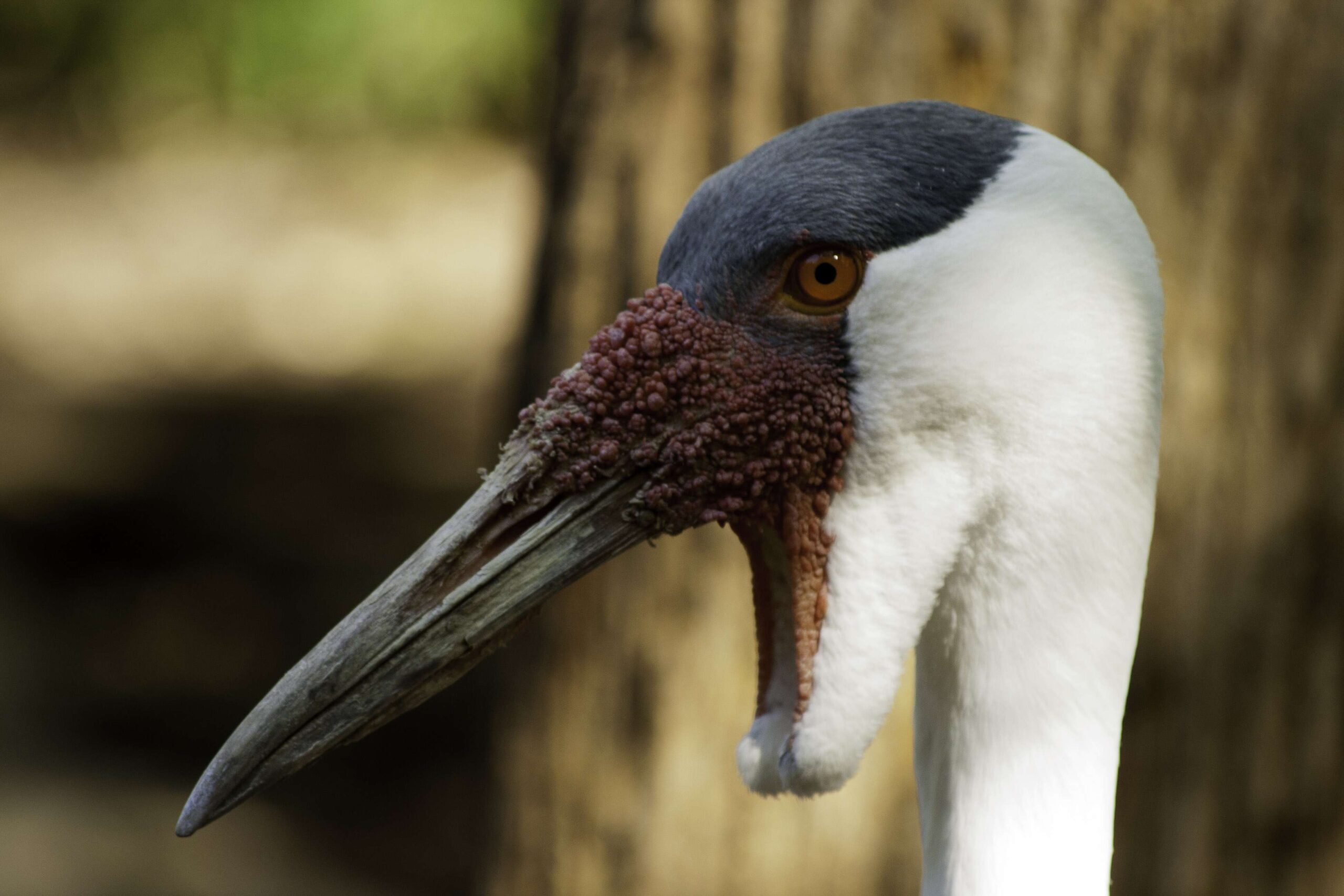The Dallas Zoo, a renowned wildlife conservation center, is home to various animal habitats and educational programs. While specific information about a dedicated nursery at the Dallas Zoo is limited, the zoo’s commitment to animal care and conservation extends to all aspects of its operations. This article explores the potential aspects of animal care, education, and visitor experiences related to nursery facilities at the Dallas Zoo.
What Are the Hours of Operation for the Nursery at the Dallas Zoo?

While there is no specific information about a dedicated nursery’s hours at the Dallas Zoo, the general zoo operating hours are as follows:
- Spring and Summer: 9 a.m. to 5 p.m.
- Fall and Winter: 9 a.m. to 4 p.m.
- Summer Hours (July 8 – Aug. 30): 8 a.m. to 3 p.m.
It’s important to note that these hours may apply to most public areas of the zoo, including any potential nursery facilities accessible to visitors.
How Does the Dallas Zoo Ensure Proper Animal Care in Nursery Settings?

Although specific nursery practices are not detailed in available sources, the Dallas Zoo maintains high standards of animal care across all its facilities. Some general animal care practices that likely extend to nursery settings include:
- Specialized diets tailored to each species’ needs
- Regular veterinary check-ups and health monitoring
- Environmental enrichment activities
- Temperature and habitat control
- Strict hygiene and sanitation protocols
The zoo prohibits outside food for animals, ensuring that all nutritional needs are met by professional staff.
What Educational Programs Are Offered Related to Animal Nurseries?
While there’s no explicit mention of nursery-specific programs, the Dallas Zoo offers various educational initiatives that may incorporate aspects of animal care and early development:
- Wild Adventures Camp: Designed for students from Kindergarten to Grade 6, this program includes:
- Guided tours
- Animal encounters
-
Nature-based learning activities
-
Potential Nursery-Related Education:
- Talks on animal breeding programs
- Demonstrations of infant animal care
- Interactive sessions on wildlife conservation
Which Species Might Be Found in a Zoo Nursery Setting?
Although the Dallas Zoo doesn’t provide specific information about a nursery, typical zoo nurseries often house:
| Species Category | Examples |
|---|---|
| Mammals | Primates, Big Cats, Ungulates |
| Birds | Parrots, Penguins, Flamingos |
| Reptiles | Turtles, Lizards, Snakes |
| Amphibians | Frogs, Salamanders |
Each species would require specialized care tailored to their unique developmental needs.
How Can Visitors Engage with Nursery Animals at the Dallas Zoo?
While direct interaction with nursery animals is often limited for their safety, the Dallas Zoo offers various ways for visitors to engage with animals:
- Feeding Experiences:
- Giraffe feedings
- Galapagos tortoise feedings
-
Bird feedings
-
Observation Areas:
- Potentially viewing windows into nursery areas
-
Live camera feeds of nursery habitats
-
Educational Presentations:
- Keeper talks focusing on infant animal care
- Demonstrations of feeding techniques for young animals
What Conservation Efforts Are Supported by the Zoo’s Nursery Program?
While specific nursery-related conservation efforts aren’t mentioned, the Dallas Zoo is committed to wildlife conservation. Potential nursery-related initiatives could include:
- Breeding programs for endangered species
- Research on early animal development
- Collaboration with other zoos for species preservation
- Public education on the importance of protecting vulnerable animal populations
How Does the Dallas Zoo Prepare Animals Born in the Nursery for Life in Their Habitats?
Although not explicitly stated for a nursery program, the Dallas Zoo likely follows best practices for animal care and development:
- Gradual introduction to natural environments
- Socialization with same-species individuals
- Training for natural behaviors and survival skills
- Careful monitoring of health and behavior during transitions
What Role Does Technology Play in the Zoo’s Nursery Operations?
Modern zoos often incorporate technology in animal care. Potential applications in a nursery setting could include:
- Monitoring systems for animal health and behavior
- Climate control technology for precise habitat management
- Record-keeping software for tracking animal development
- Live camera feeds for remote observation and public engagement
How Does the Zoo Balance Public Interest with Animal Welfare in Nursery Settings?
The Dallas Zoo prioritizes animal welfare while providing educational experiences for visitors. This balance might be achieved through:
- Limited viewing times for nursery animals
- Educational programs that explain the importance of minimal disturbance
- Use of one-way glass or remote viewing technologies
- Strict hygiene protocols for any permitted interactions
What Are the Challenges of Maintaining a Nursery in a Zoo Environment?
While not specific to the Dallas Zoo, common challenges in zoo nurseries include:
- Replicating natural parenting and socialization
- Managing public expectations and desire for access
- Ensuring proper nutrition and care for diverse species
- Preparing animals for eventual integration into exhibits or release programs
How Does the Nursery at the Dallas Zoo Contribute to Overall Zoo Operations?
A zoo nursery, if present at the Dallas Zoo, would likely play crucial roles such as:
- Supporting breeding programs
- Providing specialized care for vulnerable newborns
- Offering unique educational opportunities for visitors
- Contributing to research on animal development and behavior
In conclusion, while specific information about a nursery at the Dallas Zoo is limited, the zoo’s commitment to animal care, conservation, and education suggests that any nursery facilities would be operated with the highest standards of animal welfare and public engagement in mind.
References:
1. Dallas Zoo Events
2. General Information | Dallas Zoo
3. Dallas Zoo | Explore the Wonders
4. Wild Adventures Camp | Dallas Zoo

